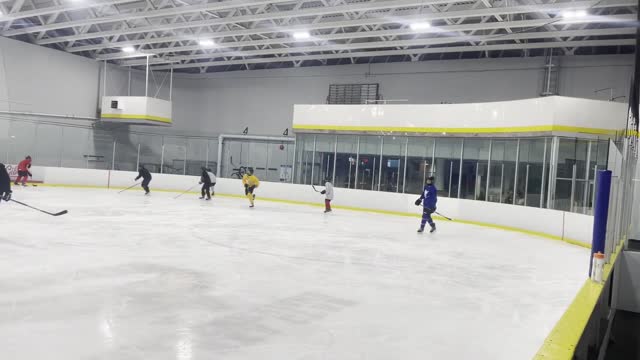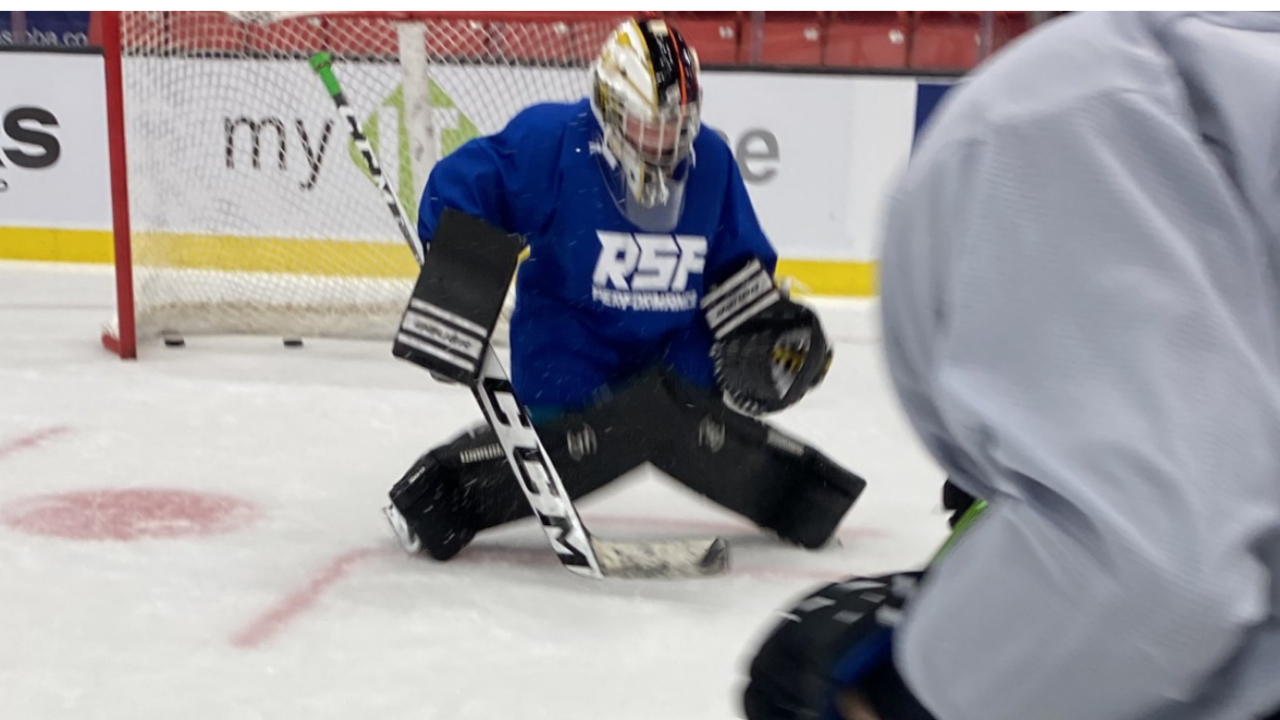
As the upcoming season approaches, it’s important to establish a clear team identity that enhances performance on and off the ice. Last season I went into my team meeting with my U15 players asking them how we wanted to play. They all looked at me with confusion and a blank stare. The difference between youth hockey players comparing to Pro, College, or Junior hockey players, most kids up to this point have relied on their parents making the majority of their decisions, and have not developed the tools to choose or understand a team identity.
For youth hockey teams, making a team identity could mean something as simple as focusing your team's training on one or three specific concepts. For example, passing and receiving skills, defensive zone coverage, and gap control. For older programs, like Junior, College, or Pro, this could mean having your players identify their strengths and weaknesses as a team. And the coach designs practices that focus on those key strengths.
The Importance of Establishing a Clear Team Identity
Creating a solid team identity from the start of the season lays the groundwork for effective collaboration and performance. A well-defined identity provides players with a shared understanding of their roles and responsibilities. It fosters a cohesive environment where everyone works towards a common goal. Early establishment of your team identity can lead to improved chemistry, as players learn to trust each other and understand how they fit into the overall game plan.
When a team has a clear identity, it can reduce uncertainty and anxiety among players. They can approach practices and games with confidence, knowing what is expected of them. This clarity allows for better communication both on and off the ice, enabling players to support each other more effectively during challenging moments. In contrast, teams without a defined identity may struggle with consistency and direction, leading to confusion and, ultimately, poor performance.
Evaluating Your Team’s Strengths and Weaknesses
To define an effective team identity, begin by conducting a comprehensive evaluation of your team’s strengths and weaknesses. Analyze individual player skills, playing styles, and experience levels to identify common traits and areas needing improvement. For example, if your team has strong skaters and precise passers, an identity based on speed and finesse might be fitting. Conversely, if the team excels in physical play, a more aggressive, defensive identity could be beneficial.
Facilitate team meetings and one-on-one discussions to gather player self-assessments and feedback. Observe practices and scrimmages to see how players interact, communicate, and support each other. Notice whether they naturally collaborate or prefer to operate independently. These observations provide valuable insights into the collective strengths and weaknesses of your team.
Different Types of Team Identities to Consider
Once you’ve evaluated your team's strengths and weaknesses, consider exploring various types of team identities to find the best fit. Here are a few to consider:
- **Fast-Paced Offense**: Teams that prioritize speed and agility focus on quick transitions and fast breakaways. This identity demands players excel in skating and anticipate passes, creating a high-scoring environment.
- **Defensive Powerhouse**: Some teams thrive on strong defensive strategies, concentrating on preventing the opposition from scoring. This identity often involves back-checking, blocking shots, and maintaining solid positioning.
- **Possession-Based Play**: Teams with this identity aim to control the puck, making strategic passes and patiently creating scoring opportunities. This approach necessitates high levels of teamwork and communication.
- **Physical Presence**: A team identity centered around physicality and toughness emphasizes body checking and battling for puck possession. This style can intimidate opponents and create openings for scoring chances.
Evaluate the unique mix of players on your bench to determine which identity aligns best with their skills and comfort zones. Remember, your team identity may evolve as the season progresses, so stay open to adjustments.
Implementing Your Chosen Team Identity Effectively
After selecting your team identity, it’s crucial to weave it into every practice and game plan. Start by communicating the new identity to your players. Ensure they grasp how it aligns with the team’s goals. This clear communication helps in gaining their buy-in.
Tailor your practice drills to reinforce the chosen identity. For instance, if you've opted for a fast-paced offense, drills should focus on quick puck movement and transitions. If a defensive identity is your focus, prioritize back-checking and positioning exercises. Highlight successful executions during practice to build confidence and recognition among players.
















